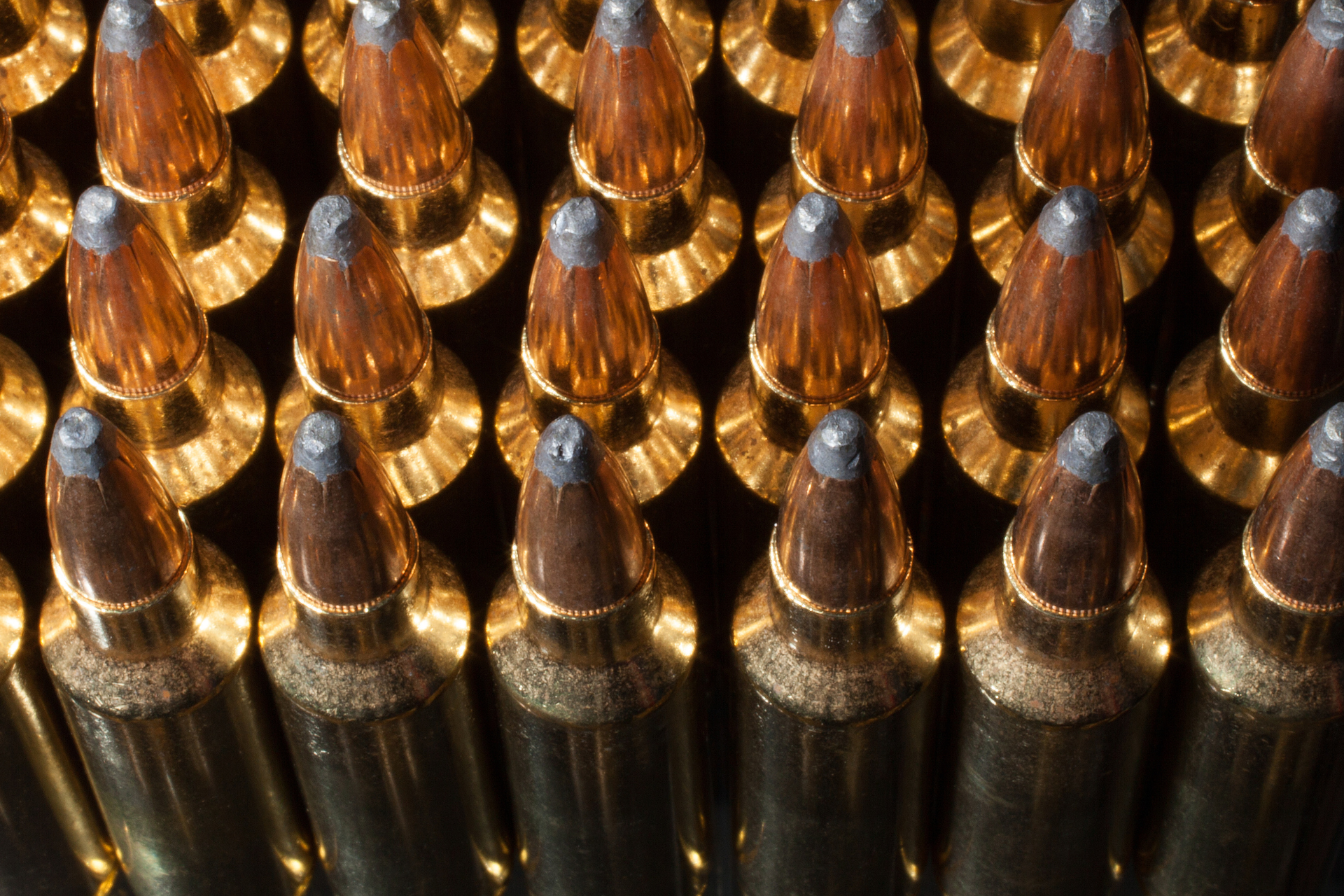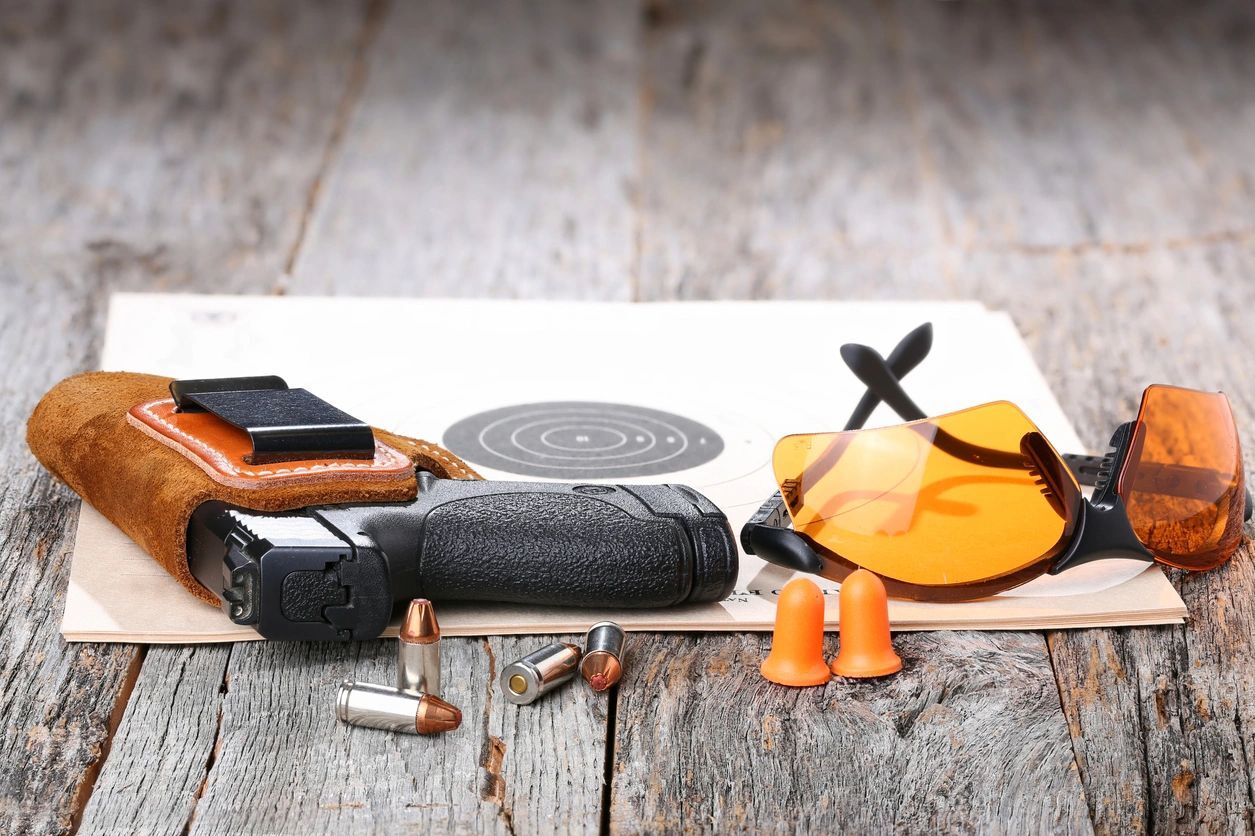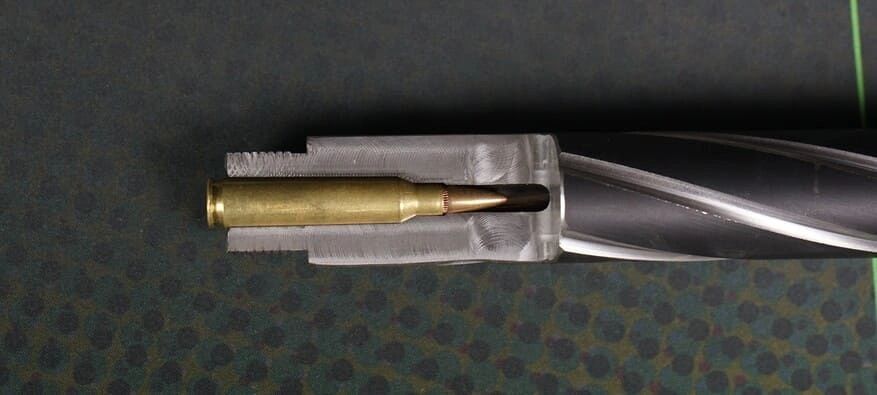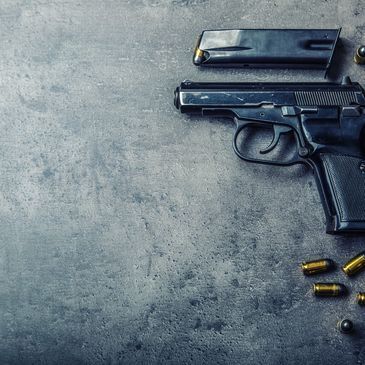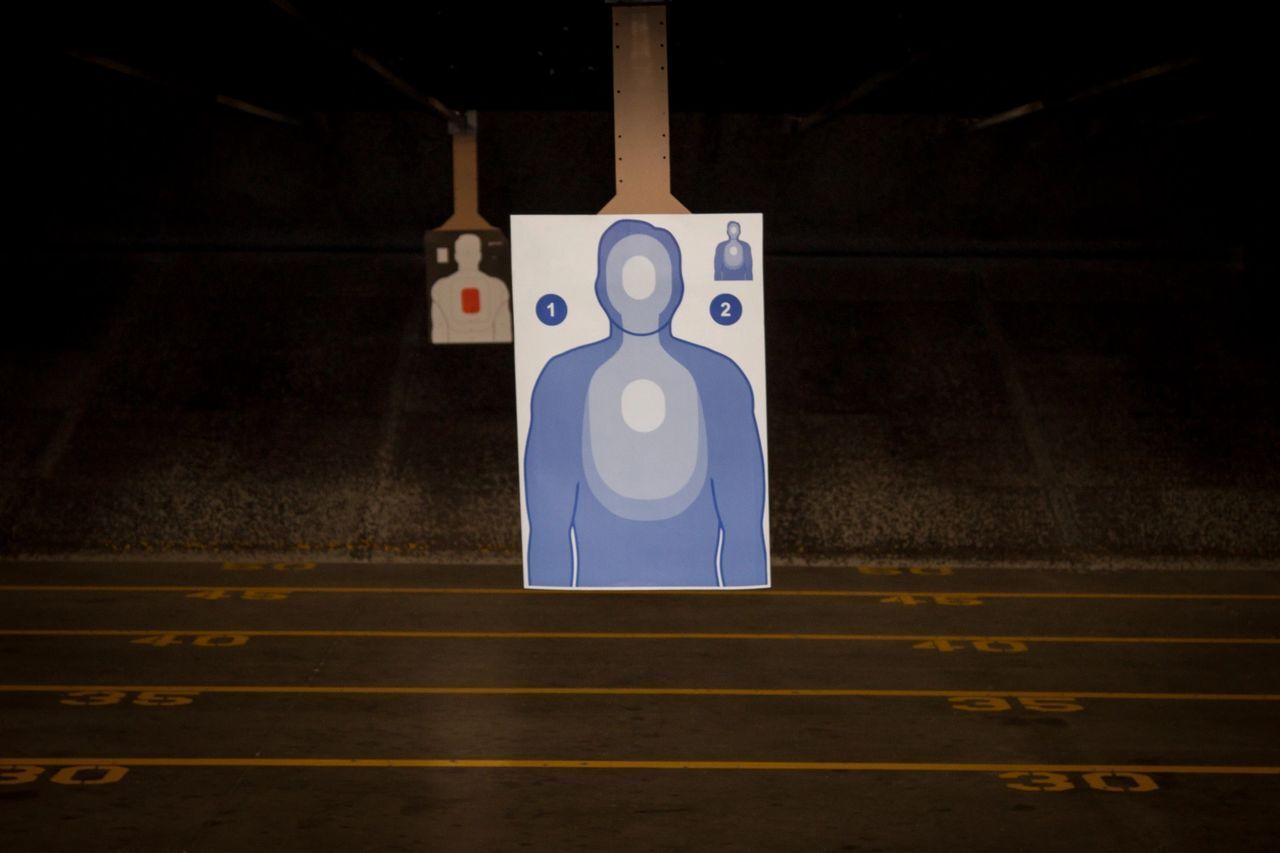Handgun Defensive Ammunition Explained
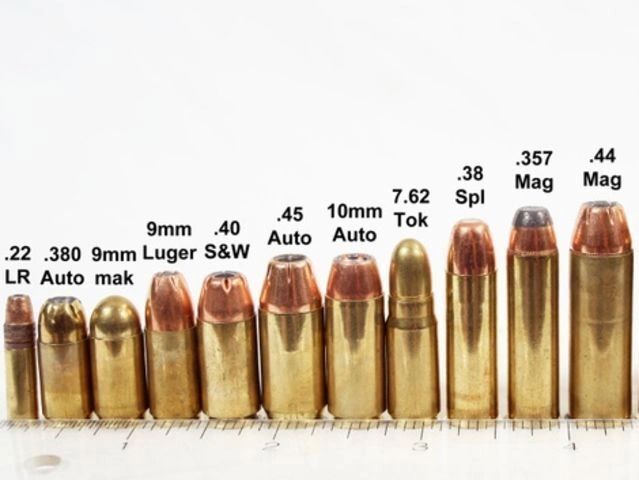
If you are new to firearms and have finally purchased your very first handgun, you may have noticed that the gun shop shelves have several different types of ammunition for you to choose, ammo shortage notwithstanding. You may be asking yourself what all the numbers and acronyms mean on the side of the box of ammo you were just looking at. Each different type serves a different role in the world of ammunition. When you load your magazines with the purpose of self-defense in mind, this quick guide will help to you the differences between each of those type of ammunition. For the purposes of this blog, and for continuity, we will focus on the most common caliber used in handguns, the 9mm. This will also not be written to glorify one particular caliber over another. There are literally a billion blogs, articles, and YouTube videos available to wade into that debate. For now, 9mm is the focus, but the basics will also apply to other calibers as well.
FBI Ammo Test Protocol
After the infamous Miami Florida shootout with two bank robbers in 1986, the FBI did a deep self-reflecting analysis of how any why that incident resulted in two federal agents being killed even though the two attackers were shot multiple times and lived long enough after being shot in the chest to kill two agents. The consensus was that the ammunition used at the time was inadequate, so the FBI went on to develop an exhaustive testing protocol on different types of ammunition. The tests are conducted using ballistic gels with pieces of clothing draped over them. Barriers such as plywood, drywall, and auto glass are also used in the testing procedures. The parameters of the test will conclude that if a round does not penetrate the ballistic gel more than 12” the round has failed the test. But if the round penetrates more than 18” it is also considered a failure due to the higher rate of overpenetration and therefore risking innocent bystanders being hit with a round that has passed through its intended target. The FBI has always maintained that the Ammo Test Protocol is not a definitive measure for evaluating a particular caliber or type of round. But it is the best set standard we have, so it is often used as a reference in such matters.
Defensive Round Expansion
Expansion is when the defense round used, most commonly a hollow point round, expands upon impact with soft tissue. The petal of the round literally peels back to increase the overall diameter of the round, causing maximum damage with its kinetic energy and making as large a wound channel as possible. The kinetic energy can be calculated on each box of ammo where you see ft-lbs. of energy. There are different factors involved in calculating the overall energy of the round, but bullet weight and velocity are two major factors in the equation. Essentially, the more ft-lbs. a round is generating, the greater the chance of a knockdown hit against an attacker.
Penetration Depth of Defensive Ammo
There is a fine balance that an effective defense round must achieve. It must be able to penetrate through layers of clothing and still penetrate deep enough to stop an attacker in their tracks. Based on the FBI ammo test protocol, this penetration zone is between 12-18”. Any less than 12” and the round may not hit vital areas, although some perceive an 8” penetration rate to be sufficient. Conversely, if a round is penetrating further than 18” then it may be too powerful or moving too quickly to do serious internal damage to the attacker. If the round is exiting the attacker before the round dumps all its kinetic energy internally, then you can run the risk of that round completely passing through the attacker, not stopping their assault, and risk an innocent bystander behind the attacker getting hit with that round.
Grain Weight of Defensive Rounds
A bullet's weight can vary significantly, and these weights are no different in defense ammo. Regarding the 9mm, the standard full metal jacket training round weighs 115 grains. But defensive ammo for the 9mm can be found in 90-grain, up to 147-grain and there are even grain weights in the 160-grain range. What this means for the shooter is this, a lighter round will have much less felt recoil than a heavier round. But a heavier round may be better when obstacles are in the way such as auto glass or windows. What you do need to take into consideration is how well you handle shooting each round. If you are highly accurate with a 124-grain hollow point and find that 147 grain has too much recoil, whatever you shoot best is what you should go with. Taking into consideration all these factors, it is up to you as the shooter to be able to properly manage your firearm, especially in a self-defense scenario. One of the basic rules of gun safety, never to be forgotten or dismissed, is always know what’s behind your target. In a life and death situation, you are still responsible for whatever happens once you fire that gun. Always be cognizant of your surroundings, practice often, and train how you fight, meaning you should know how your ammo performs in your pistol and your hand before you start carrying it around for protection.
I really think Jason Parker at BattleHawk Armory has a really good handle on this complex subject. Here at River City Gun Range we can’t say it enough, the three most important things a responsible gun owner can do is PRACTICE, PRACTICE, and PRACTICE. Whether you practice here with us at the range or on your own property, or even just practicing by dry firing in the comfort of your own home we all need to stay well practiced. After all, why did we purchase a firearm for personal protection that we don’t know how to use or are comfortable using it when it counts? Stay safe, always employ safe firearm handling practices, and we look forward to seeing you on the range.
